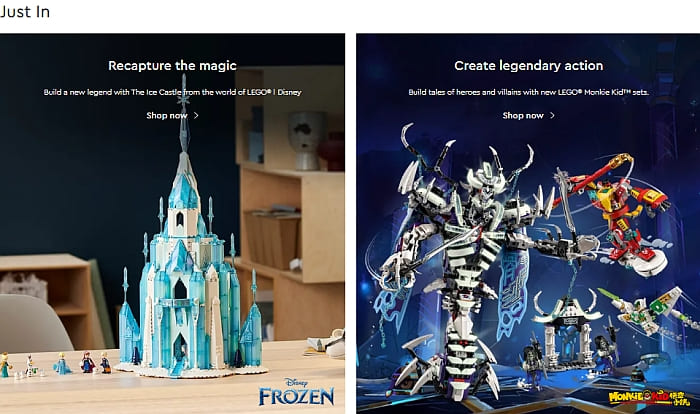Just a quick reminder that today and tomorrow are the last days to earn Double VIP Points at the Online LEGO Shop. This is the perfect time to pick up some of sets that you have been on your wanted list. The Double VIP Points period is especially great for picking up exclusive sets that normally don’t go on sale.

There are tons of recently released sets to consider, and we also talked about some of the upcoming new sets that will be released in August, and are already available for pre-order.

LEGO Star Wars, LEGO Harry Potter, LEGO Disney, LEGO Ninjago, LEGO Monkie Kid, LEGO Creator, LEGO City, LEGO Friends, LEGO Speed Champions and LEGO Technic are just some of the categories with lots of new sets worth checking out.

Also, remember that LEGO now has a special section just for adult builders at the Online LEGO Shop.

The LEGO Art Mosaics and the LEGO Super Heroes and LEGO Star Wars masks are particularly popular with adult collectors.

Those who are looking for something more playful and magical, the LEGO Disney, LEGO Ninjago, and LEGO Monkie Kid sets are a fun choice.

And if you prefer something more realistic, take a look at some of the awesome LEGO space exploration sets made in collaboration with NASA.

Again, the LEGO Double VIP Points period expires this Sunday, so you have a couple of days to make a purchase. If you like feel free to share what you’re planning to get in the comment section below!
And you might also like to check out the following related posts:
➡ LEGO SHOP IN USA: Online LEGO Shop USA
➡ LEGO SHOP IN CANADA: Online LEGO Shop Canada
➡ LEGO SHOP IN UK: Online LEGO Shop UK












